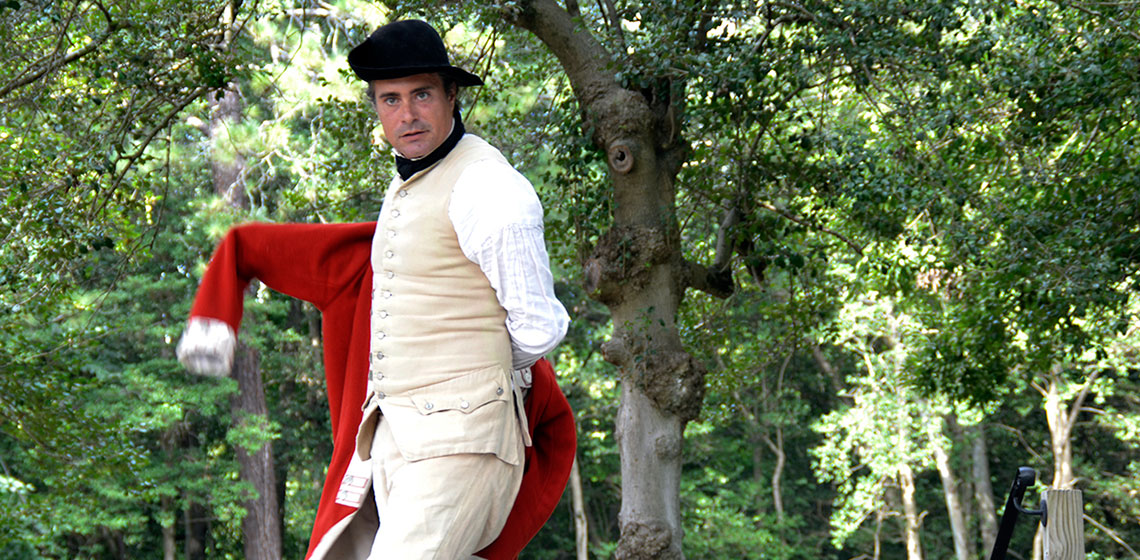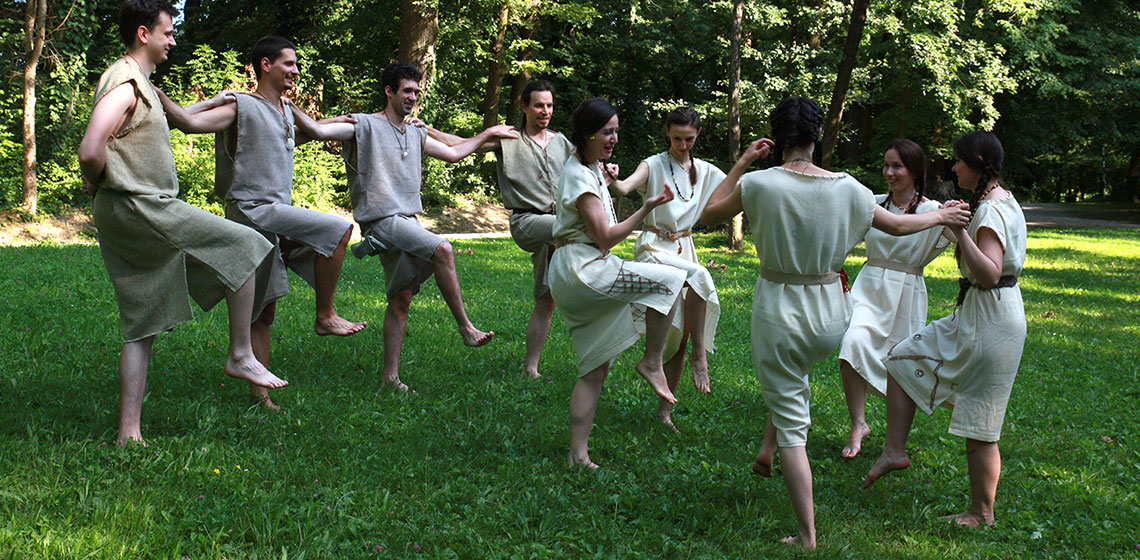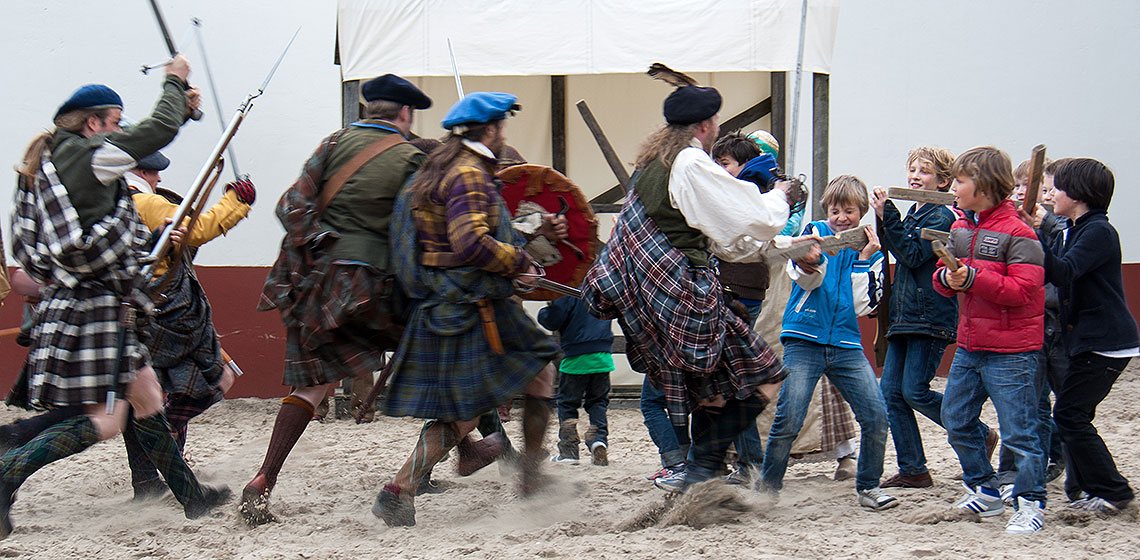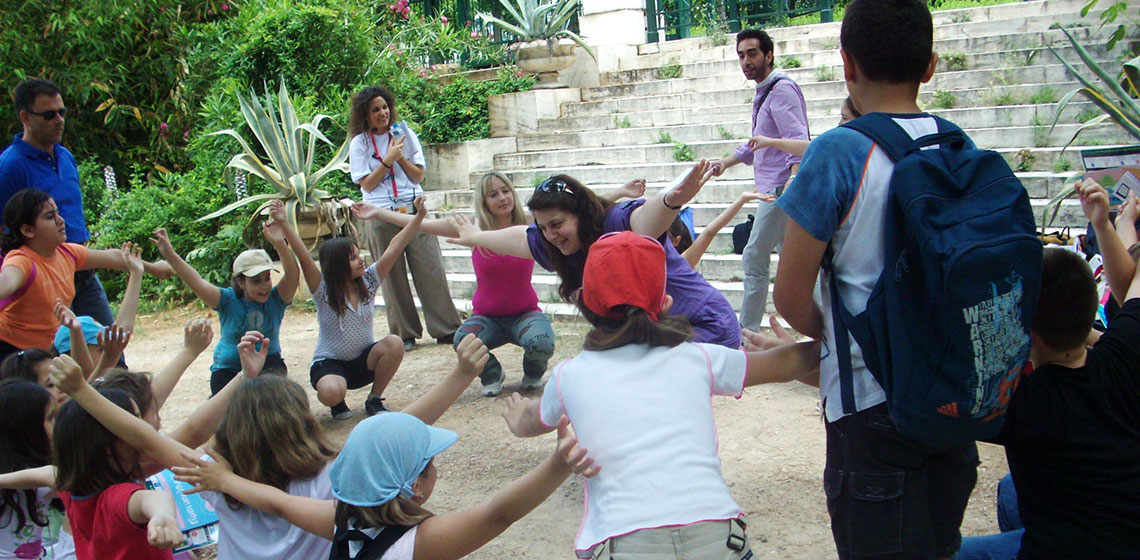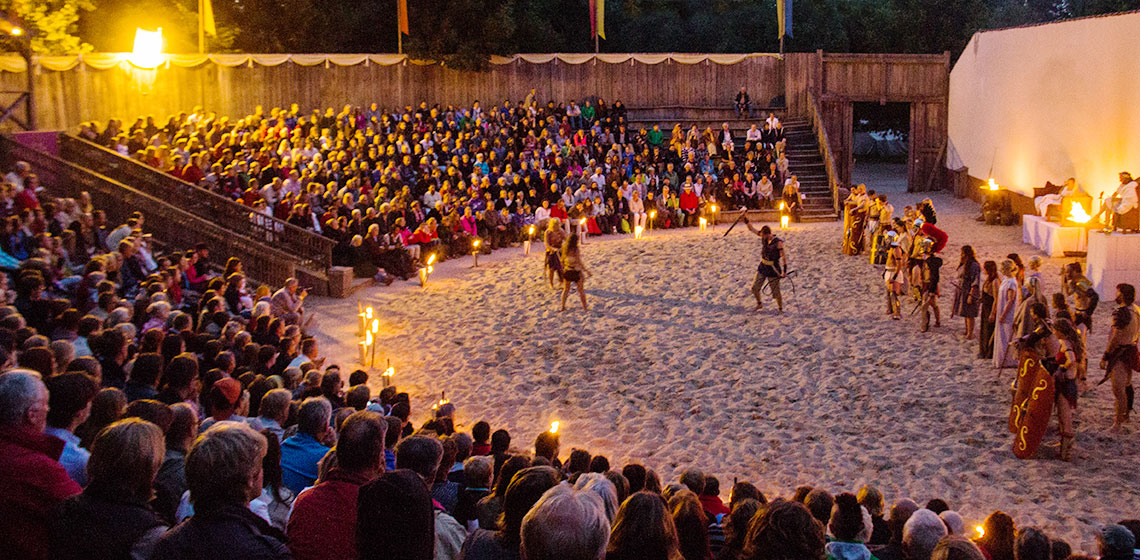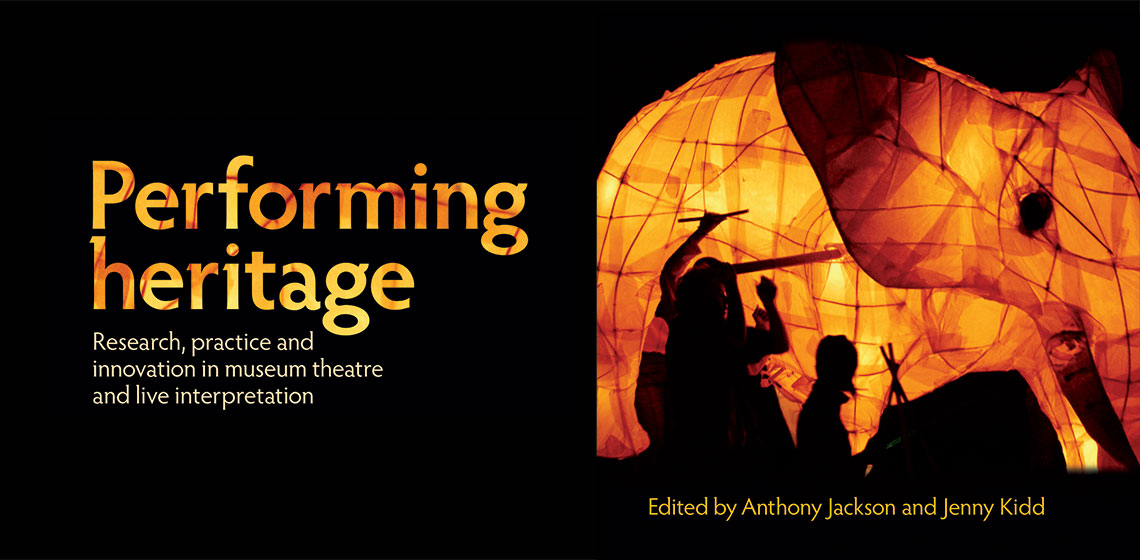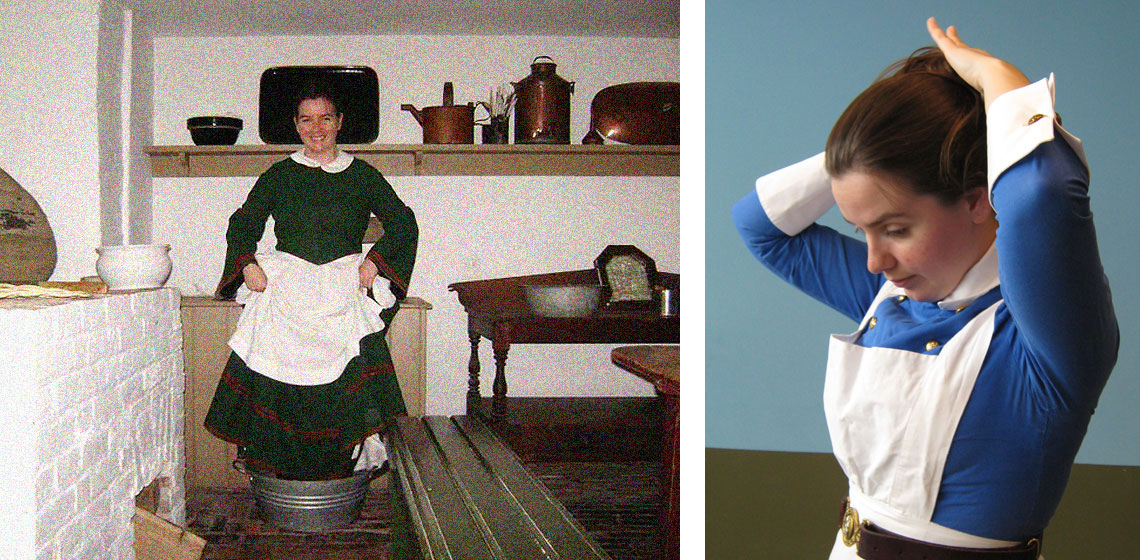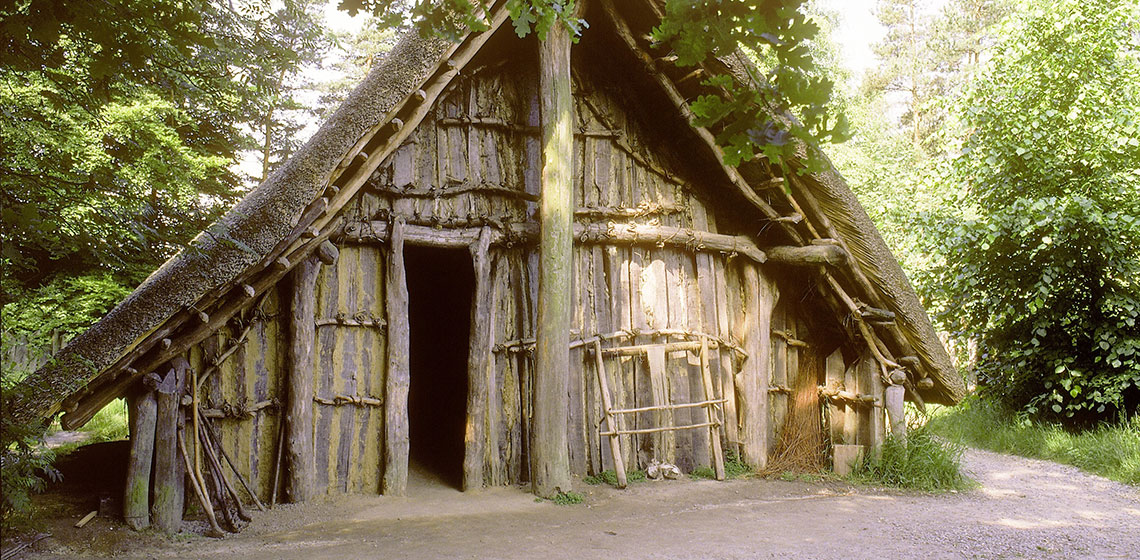theatre
The Forgotten Movement – A (Re)construction of Prehistoric Dances
However, after studying archaeological artistic depictions, historical descriptions and contemporary ethnographic examples as the main research sources for the history of dance and dance movement and its development in the context of early human history, we created a conceptual reconstruction of prehistoric dances. It was presented in the form of an educational dance performance with the goal of presenting the archaeological heritage through a possible vision of dances and dance movements from a number of selected prehistoric periods: Neolithic, Chalcolithic, and Bronze Age.
Book Review: Geschichtstheater. Formen der "Living History" by Wolfgang Hochbruck
National interest in re-production of history started when the Ethnological Commission of Westphalia called together with Freilichtmuseum Cloppenburg, one of the oldest German open-air museums, a conference on the topic of “Living history in the Museum” in 2007 in Cloppenburg, Niedersachsen. Subsequent conferences made it clear that - apart from predictable doubts about the reliability and quality of the reconstructions of historical life-worlds and events - there was a significant dissonance regarding terminologies.
What Does Your Visitor Experience? Making the Most of Live Interpretation in a Unique Setting
***Archaeological Open-Air Museums (AOAM) offer a unique setting in which live interpretation can make history come truly alive. For many, or perhaps all, AOAM history is the product being sold to the public. During the five years the OpenArch project has run the partners have spent many hours discussing the...
Museum Theatre in Greece: Perspectives in Site Interpretation
Introduction
Museum theatre as an umbrella-term is used to describe a variety of performative events aimed to interpret fragments of cultural heritage. In the framework of one of the main challenges contemporary museums face, that of having a social impact while dealing with heritage, whom values and narratives can always be “contested and disputed” (Smith 2011, 70), museum theatre has proved that not only can it enforce a constructivist approach in a museum environment but it can also generate debate and promote critical thinking on controversial issues (Farthing 2010).
Putting on a Show - The How and Why of Historical Shows and Theatre in a Historical Setting or Theme-park
Book Review: Performing Heritage: Research, Practice and Innovation in Museum Theatre and Live Interpretation by Anthony Jackson & Jenny Kidd (eds)
Interpreting the Interpreter: is Live Historical Interpretation Theatre at National Museums and Historic Sites Theatre?
Presenting the Discussion
The majority of the people Scott Magelssen interviewed were museum curators and historical interpreters, and their answers were broken up into three main categories:
1. No (mainly because there is no script), 2. Yes, it is a form of theatre, 3. Of course it is theatre. (Magelssen 106-119)
75 Years of History on Concrete Floors
In 2011 the archaeological open-air museum Oerlinghausen (member of EXARC) turned 75 years old, and with that it is one of the oldest archaeological open-air museums in the world. It is, at least, oldest Germanic open-air museum...
Fotevikens Museum (SE)
25 km south of Malmö, Sweden, you will find the Archaeological Open-Air Museum of Foteviken. Inside a city wall open toward the sea, the world’s only attempt to recreate an entire Viking Age town shows a number of streets with 23 houses and homesteads, reflecting life in a late Viking Age and early Middle Age town in 1134 AD.
25 km south of Malmö, Sweden, you will find the Archaeological Open-Air Museum of Foteviken. Inside a city wall open toward the sea, the world’s only attempt to recreate an entire Viking Age town shows a number of streets with 23 houses and homesteads...
